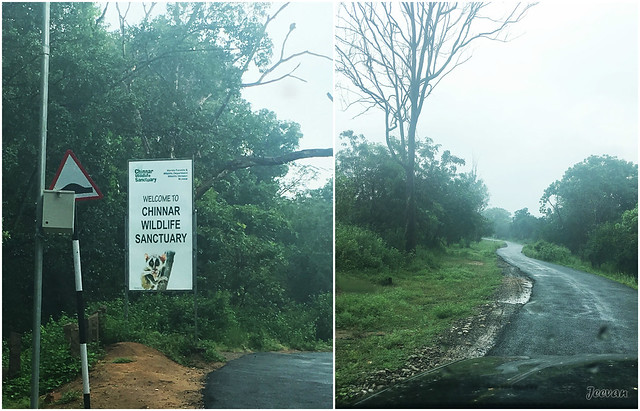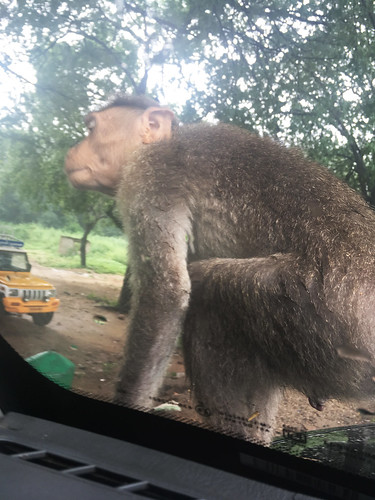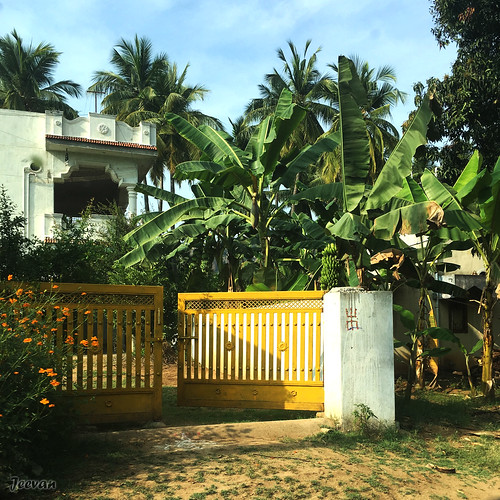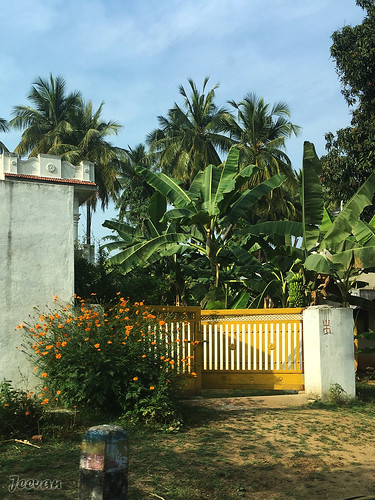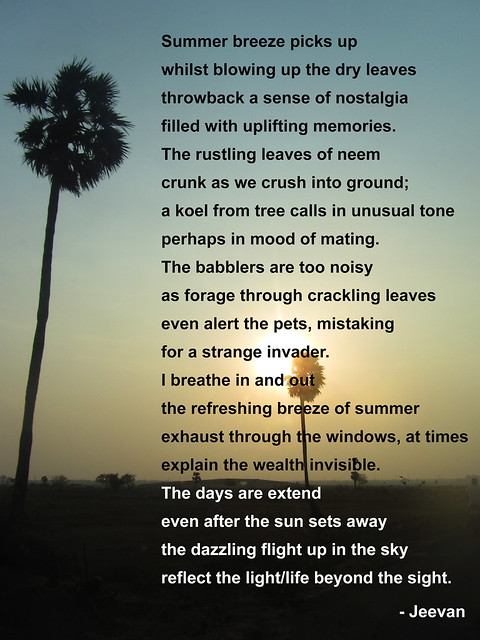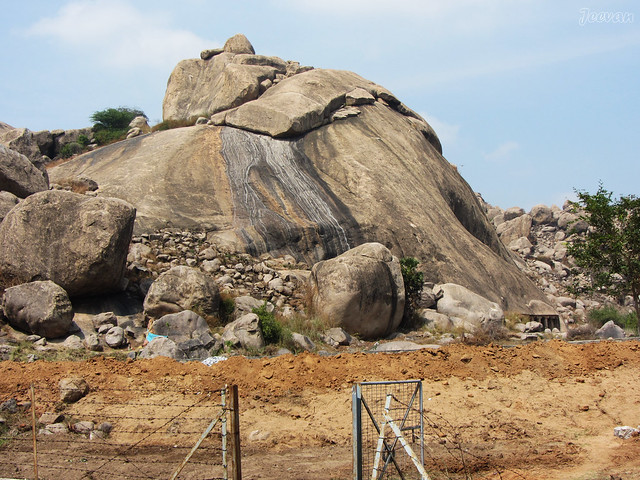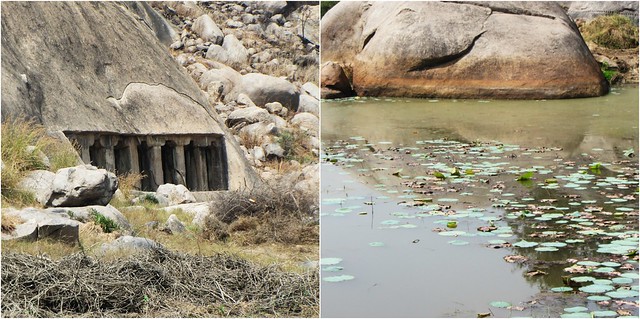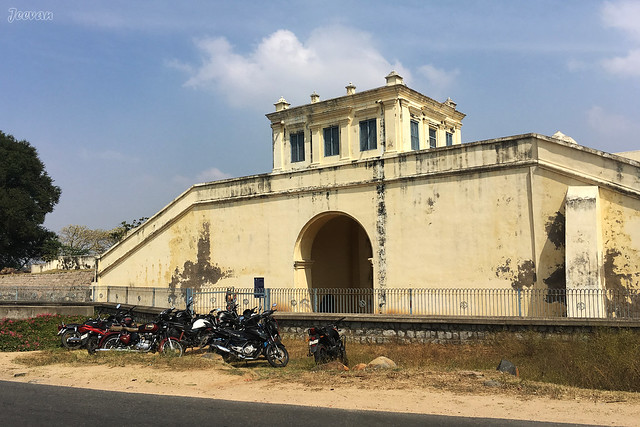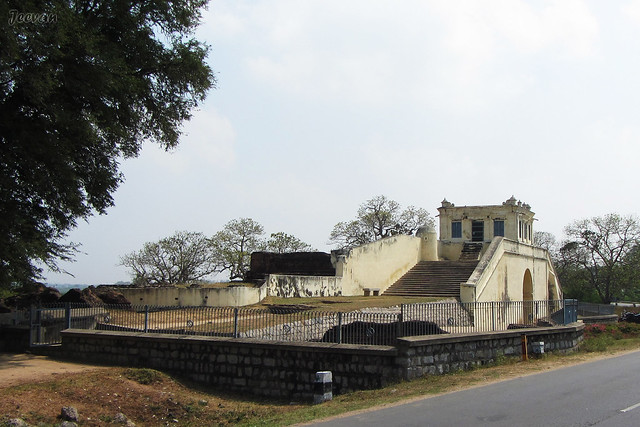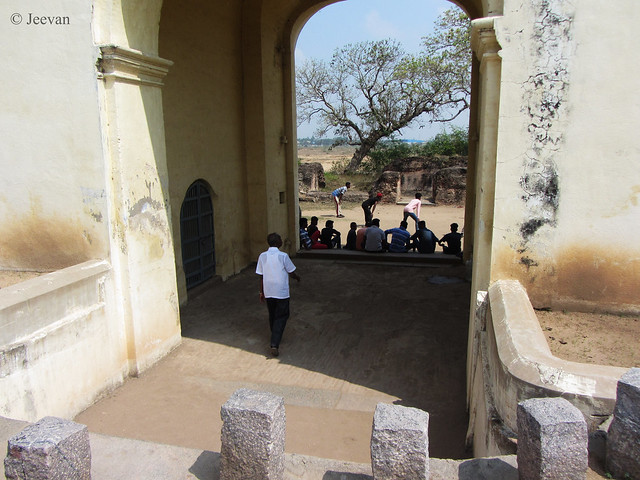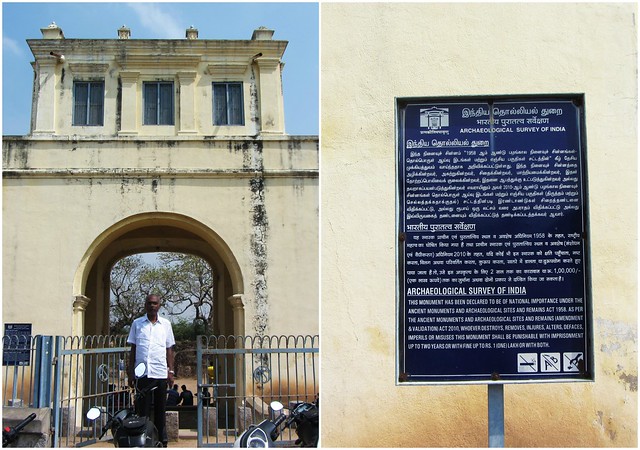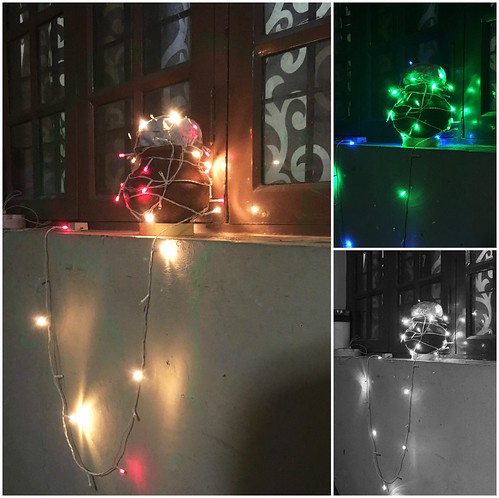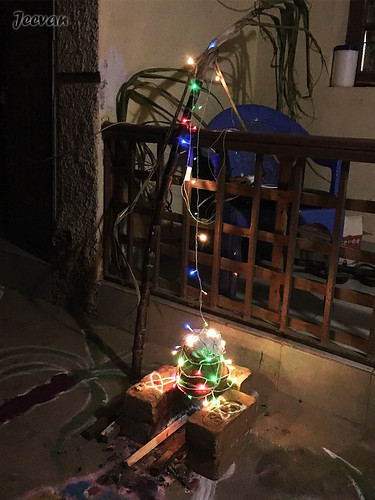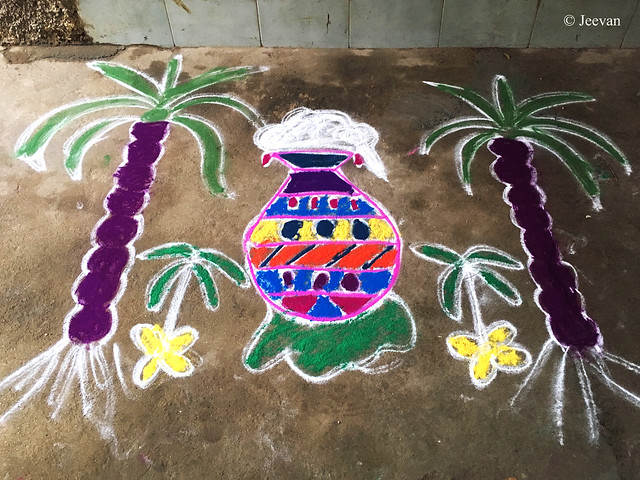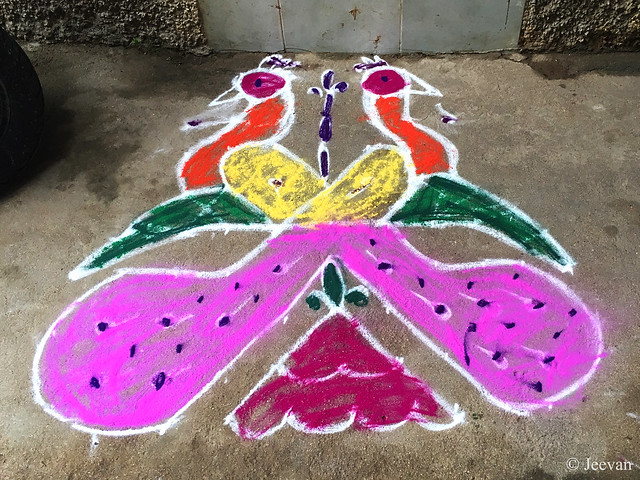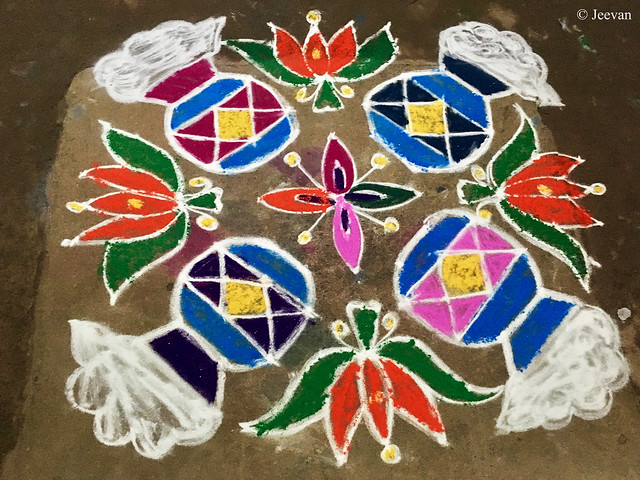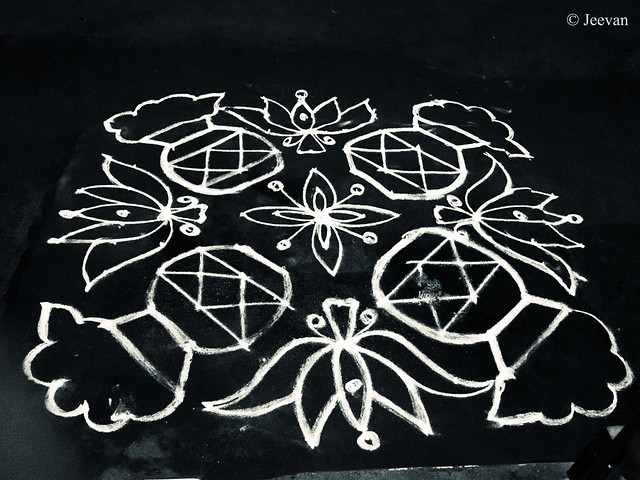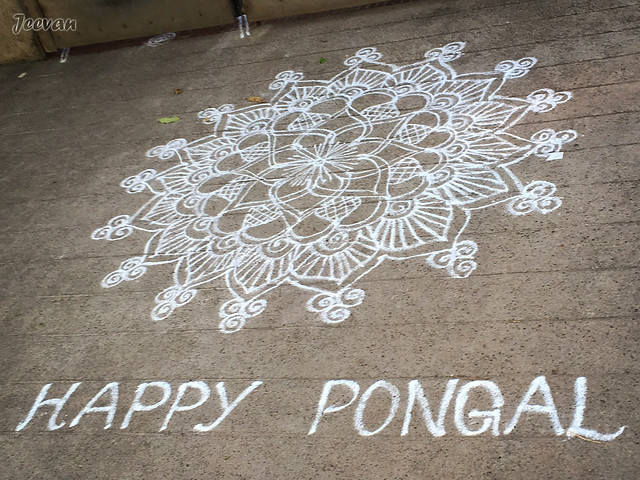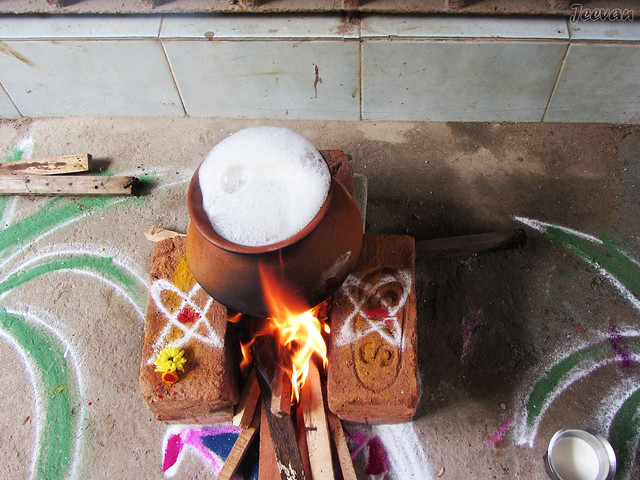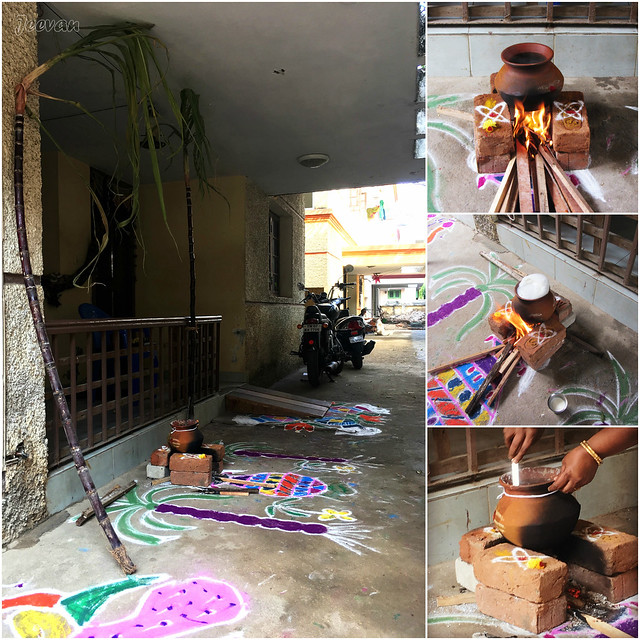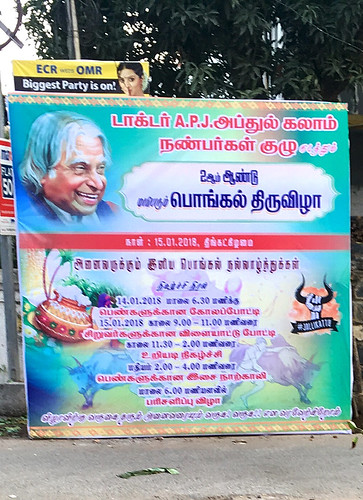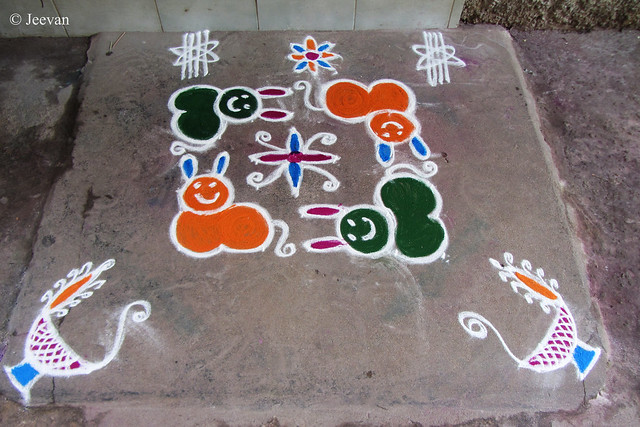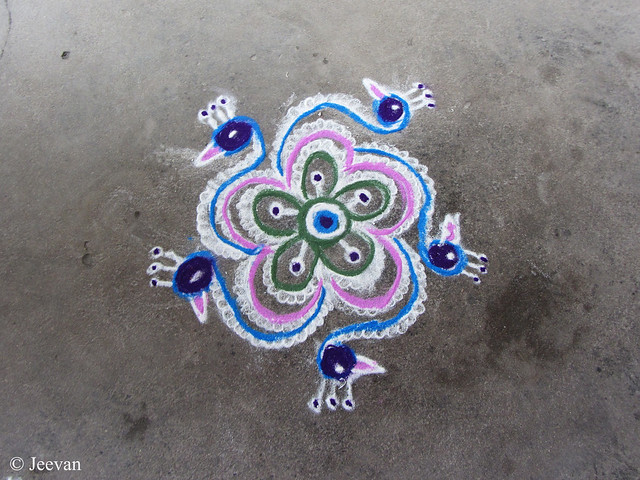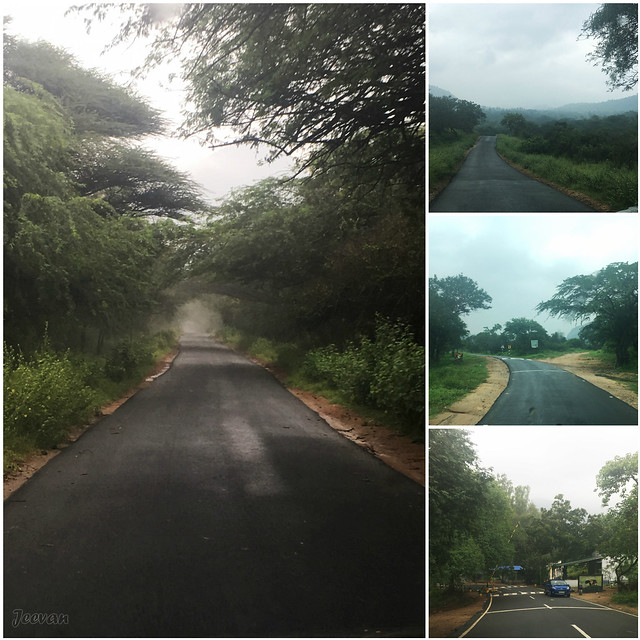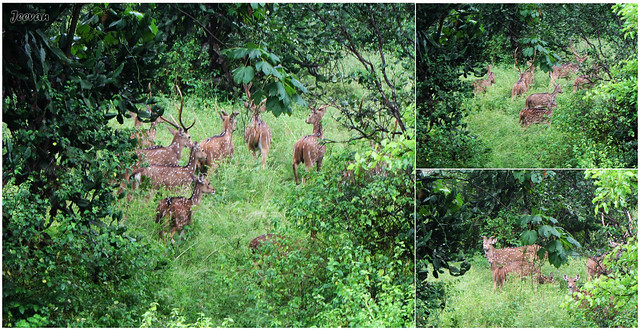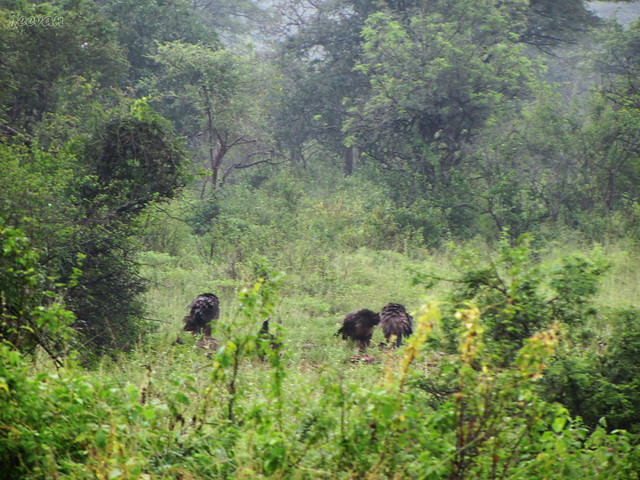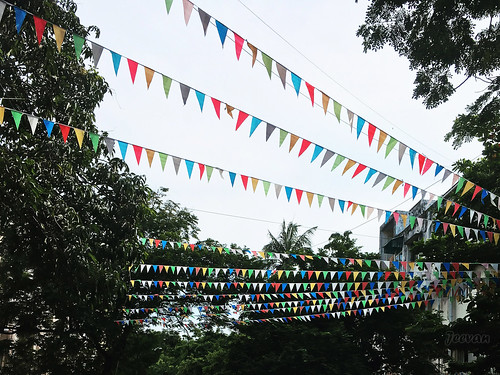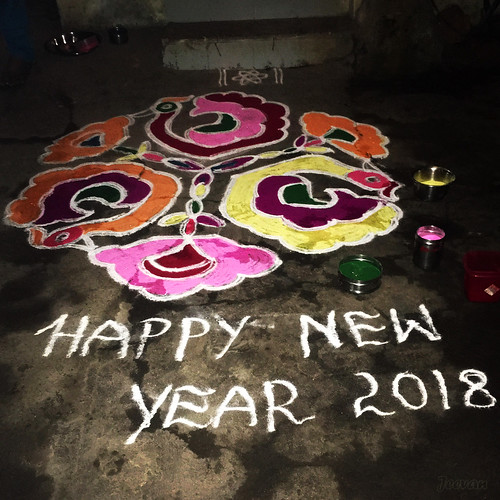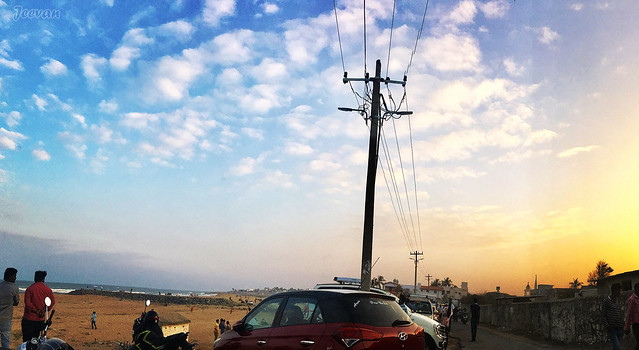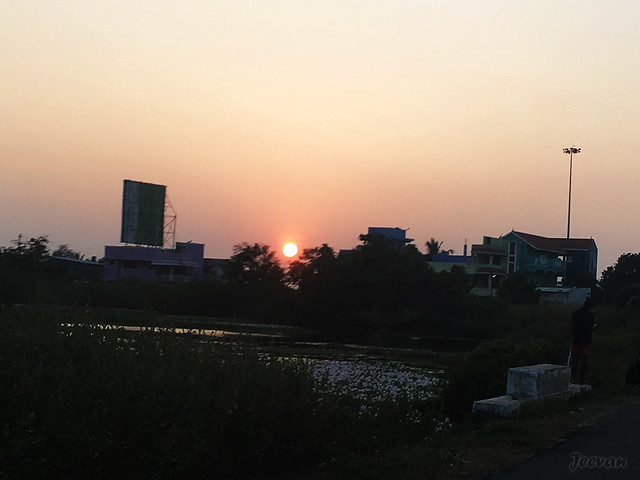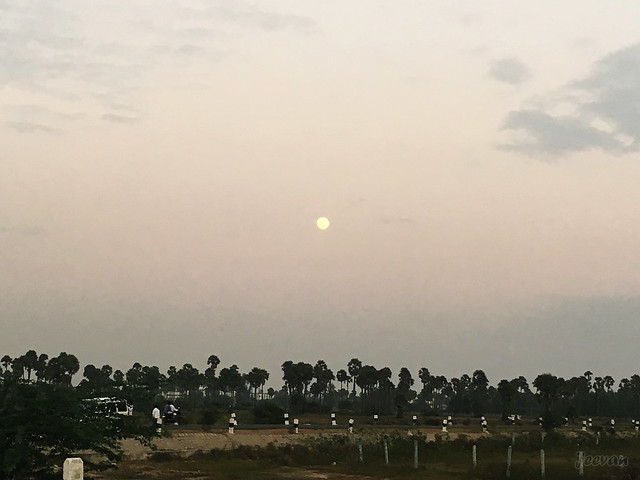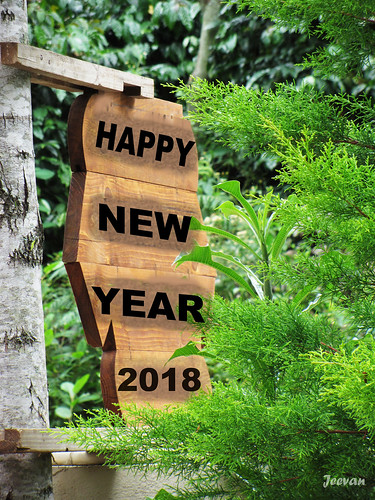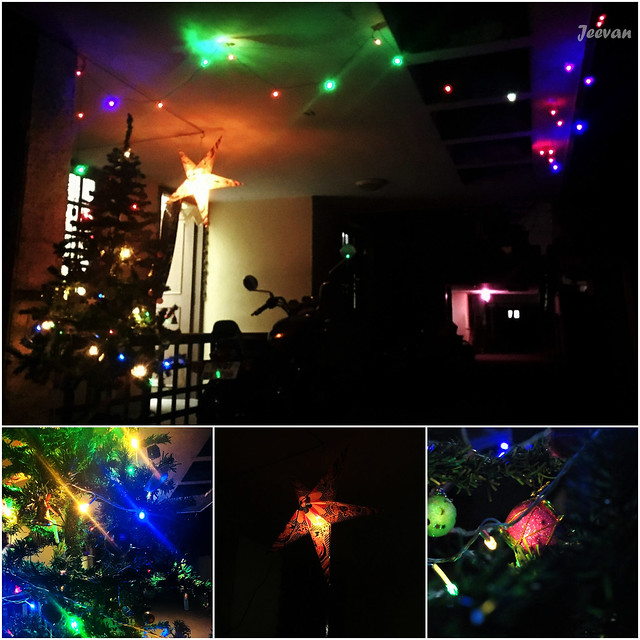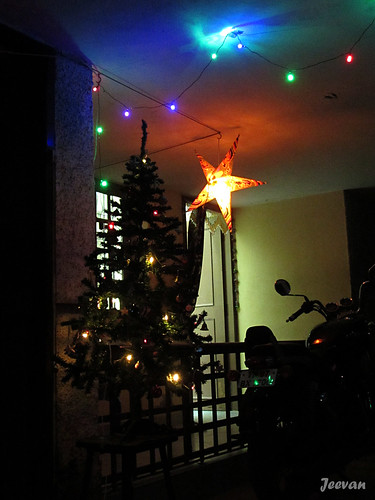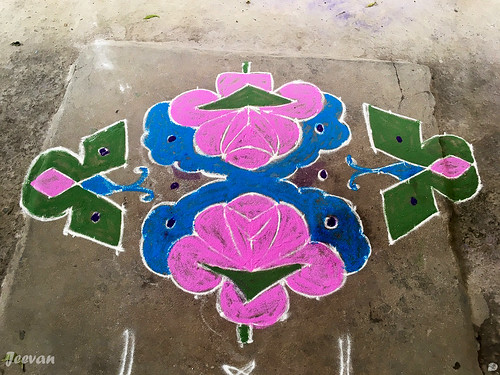A
continuation of travel to Munnar…
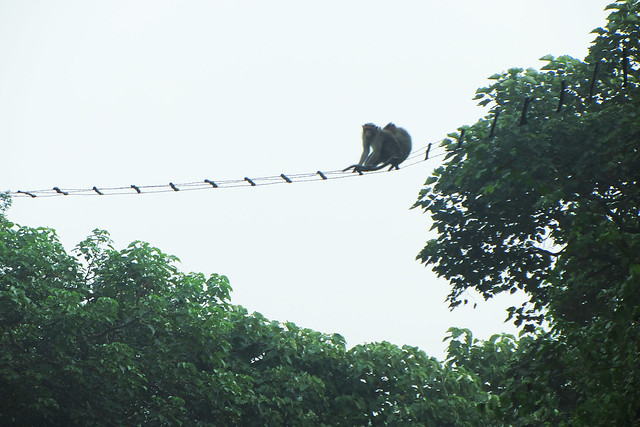
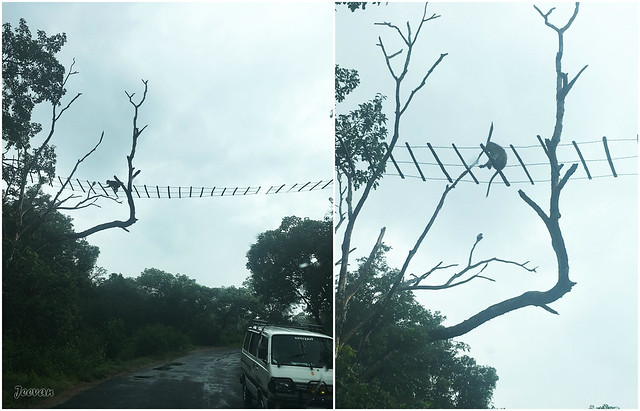
Following Anamalai Tiger Reserve, we entered the Chinnar Wildlife Sanctuary as well as
the state of Kerala crossing the border check posts of Tamil Nadu and Kerala.
Chinnar Wildlife Sanctuary is facilitated with ecotourism where tourist can
stay and enjoy wildlife from their rest houses and take safaris and hiking
through forest. The Chinnar got its name from the river Chinnar, meaning small river,
which travels long the northern edge of the sanctuary defining the state boundary
of Tamil Nadu/Kerala by East-West.
It continues
to be cloudy and slightly drizzle to keep environment wet as we travel for
about 13km through the sanctuary and few kms from check post the Pambar River
joins for company along the left side of the road and as we continue to elevate
through hills the river travelled against us as gorge. We stopped at few places
to watch the river flowing amid the wild forest and hills and at some places
making beautiful waterfalls. Near the check post of the Sanctuary we are attracted
to the handing bridges made for monkeys to cross the road, and we find couple
of monkeys using the bridges, which remind me Valparai, where I saw the bridges
made for same to the endangered Lion tailed macaques.


With Eravikulam
National Park to the south and Indira Gandhi Wildlife Sanctuary (Anamalai Tiger
Reserve) to north and Kodaikanal Wildlife Sanctuary to east, Chinnar forms an integral
part of 1187 sq. km of protected forests. The road from Udumalpet-Munnar passes
though the sanctuary, divides it into nearly equal portions and the Chinnar and
Pambar rivers being a perennial of the sanctuary leads to Amaravati Dam after
merging at the interstate boundary. The Chinnar Wildlife Sanctuary is home to
34 species of mammals including Tigers, Panthers, Elephants and Nilgiri Tahr and
Indian star tortoise and mugger crocodiles live largely in the sanctuary.
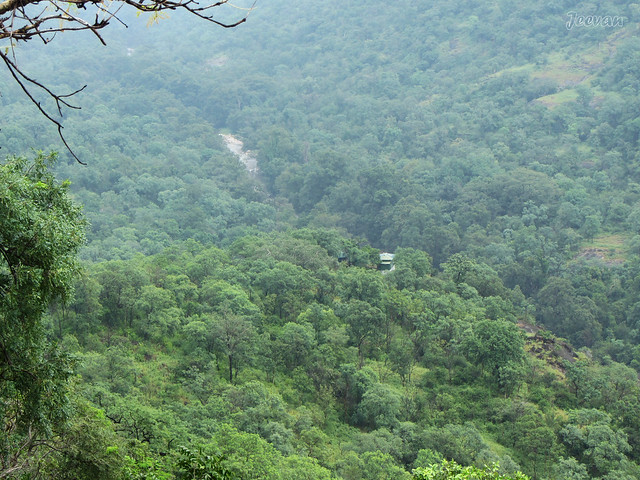 |
| A forest camp site is down the valley and close to the Pambar river |
The Ecoregion
of the sanctuary comprises mostly grassland and wet grasslands vegetation with
965 species of flowering plants and some South Western Ghats montane rain
forest and moist deciduous forest and high sholas. The Maraoor sandalwood
forest or reserve is located close to the sanctuary and Thoovanam waterfalls is
a must watch for anyone on this route. More on later…
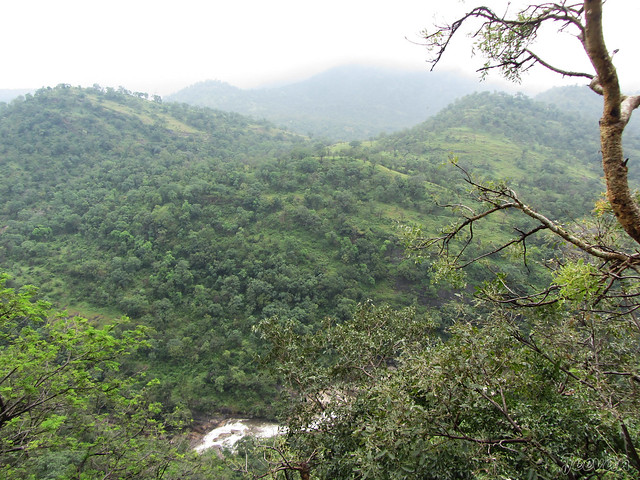 |
| Pambar river creating little falls like flow |

